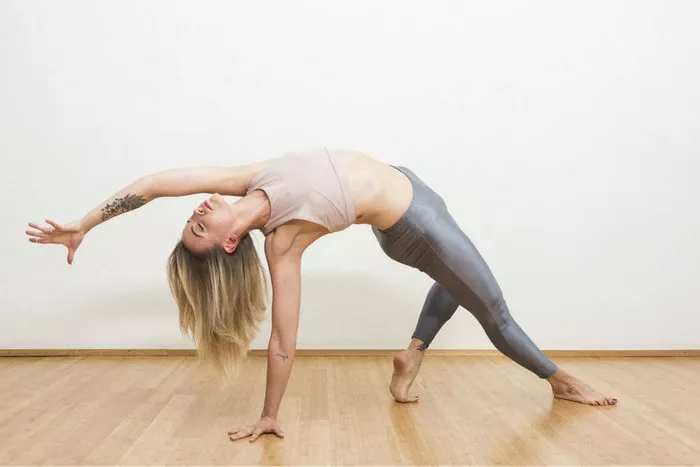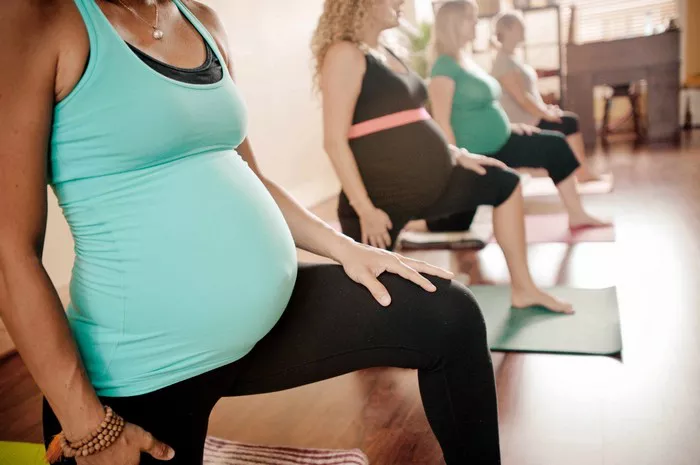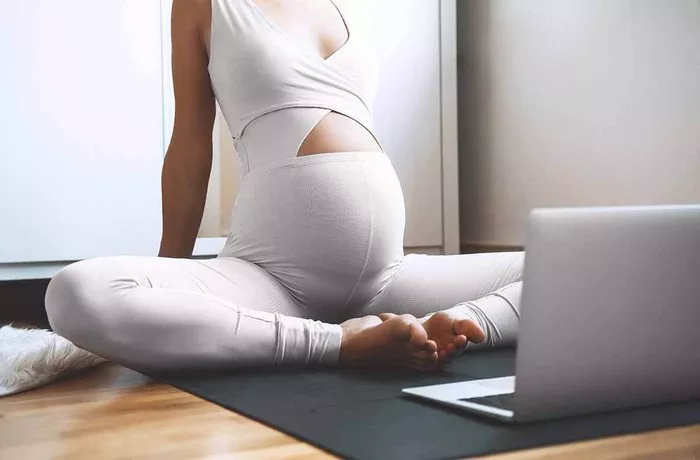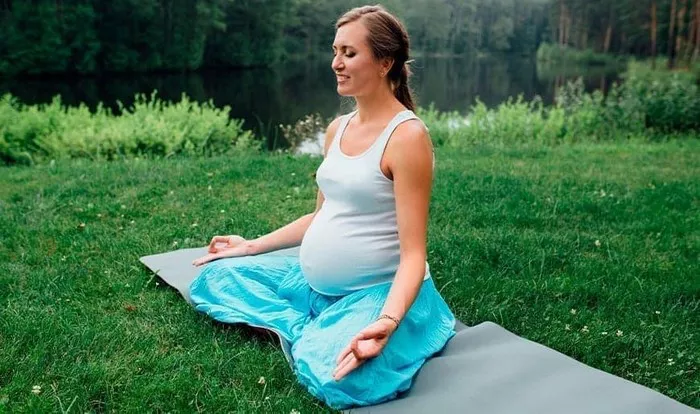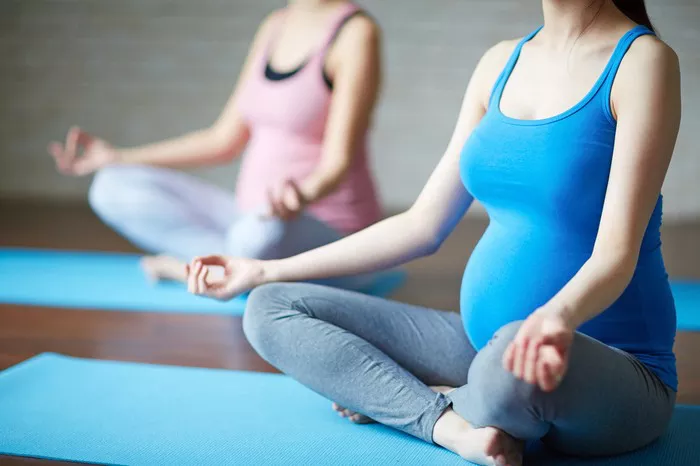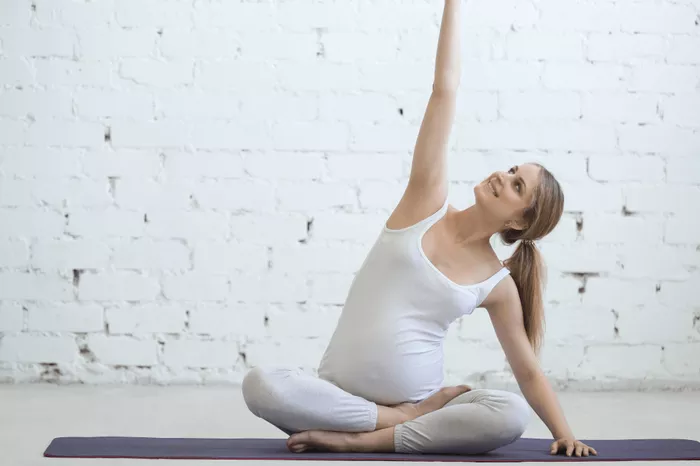Camel Pose, known as Ustrasana in Sanskrit, is a powerful backbend posture commonly practiced in yoga. Despite its physical benefits, many practitioners find it emotionally challenging. This pose, which involves opening the chest and stretching the front of the body, can unexpectedly trigger deep emotional responses. Understanding why is Camel Pose emotional requires exploring the physiological, psychological, and energetic effects involved.
The Anatomy of Camel Pose
From a physical perspective, Camel Pose deeply stretches the front body, including the chest, abdomen, and hip flexors. It also strengthens the back muscles and improves posture. To execute the pose:
- Kneel on the floor with your knees hip-width apart.
- Place your hands on your lower back for support.
- Slowly arch your back and reach for your heels with your hands.
- Drop your head back gently if your neck allows.
This extension through the spine and opening of the front body is not only a physical experience but also an emotional release mechanism. The regions being stretched and opened are closely linked to the heart and the nervous system.
Emotional Release and the Heart Chakra
One of the main reasons Camel Pose can be emotional is its effect on the heart chakra, or Anahata in Sanskrit. Located in the center of the chest, the heart chakra is associated with love, compassion, and emotional well-being. When this area is physically opened, stored emotions can rise to the surface.
- Blocked emotions: Many people carry unresolved grief, sadness, or past trauma in the heart region.
- Energetic flow: Opening this area promotes the flow of prana, or life energy, which can bring emotional awareness.
- Vulnerability: The physical openness of the chest can make one feel exposed and emotionally vulnerable.
This explains why some individuals experience crying, laughter, or a profound sense of release during or after practicing Camel Pose.
Nervous System and Trauma Response
The autonomic nervous system plays a critical role in emotional responses. When practicing Camel Pose, the body may inadvertently activate the parasympathetic or sympathetic nervous systems.
- Sympathetic activation: The intensity and backbend can mimic stress or danger, momentarily triggering a fight-or-flight response.
- Parasympathetic engagement: With conscious breathing and focus, the body may shift to a state of rest and digest, enabling emotional processing and relaxation.
In either case, the pose acts as a catalyst for emotional exploration, especially for those who have experienced trauma or chronic stress.
The Role of the Breath in Emotional Regulation
Breath is a crucial component of yoga and serves as a bridge between the body and mind. In Camel Pose, maintaining a deep and steady breath is essential to prevent panic or discomfort.
- Deep inhalations help expand the chest and facilitate the opening of the heart chakra.
- Slow exhalations encourage release and grounding, helping to dissipate emotional intensity.
- Conscious breathing creates mindfulness, making it easier to observe and process emotions.
Without controlled breath, practitioners may feel overwhelmed, increasing the likelihood of emotional outbursts or discomfort.
Psychological Factors Influencing the Experience
Several psychological aspects also contribute to why Camel Pose is emotional. Our body stores memories and feelings that can be triggered by specific movements.
- Somatic memory: Emotions linked to past events may be stored in the tissues of the body. When these areas are stretched or opened, memories can surface.
- Self-perception: The pose requires a degree of vulnerability and openness that may contrast with one’s usual emotional posture.
- Fear of surrender: Letting go, especially in a pose that requires physical and emotional openness, can be intimidating.
Camel Pose thus becomes more than a physical exercise; it becomes an emotional mirror reflecting the practitioner’s inner state.
Importance of Mindful Practice
Given the intensity of Camel Pose, mindfulness is key to a safe and effective experience. Practicing with awareness minimizes the risk of emotional overwhelm and enhances personal growth.
Tips for Mindful Practice:
- Warm-up: Prepare the body with gentle stretches and backbends.
- Use props: Support your hands with blocks or your lower back to reduce strain.
- Modify as needed: Ease into the full expression gradually.
- Rest after: Spend time in Child’s Pose to integrate the experience.
Mindfulness allows practitioners to observe their emotions without judgment, making the emotional journey through Camel Pose more constructive.
The Teacher’s Role in Emotional Safety
Yoga teachers play an essential role in guiding students through emotionally intense poses like Camel Pose. Their responsibility extends beyond physical alignment to creating a space where emotional expression is welcome.
- Encouraging consent: Teachers should emphasize that it is okay to come out of the pose if it becomes too intense.
- Offering variations: Providing modifications ensures accessibility and comfort.
- Fostering non-judgment: An emotionally safe environment helps students process their experiences without shame.
Empathetic and informed teaching can turn Camel Pose into a transformative experience rather than a distressing one.
Cultural and Spiritual Perspectives
In various yogic traditions and cultures, backbends are seen as more than physical movements. They are regarded as spiritual practices that open the heart to universal energy.
- Bhakti yoga: The yoga of devotion often involves heart-centered poses to cultivate love and compassion.
- Tantric practices: Opening the heart is considered essential for energetic awakening and emotional liberation.
- Eastern philosophy: Emotional experiences during poses are signs of inner cleansing or samskara release (removal of deep-seated patterns).
Understanding these perspectives can help normalize the emotional reactions and see them as integral to the yogic path.
Common Emotional Reactions and Their Interpretations
People experience a variety of emotional responses during Camel Pose, each with its own underlying significance.
Common Responses:
- Crying: May indicate the release of suppressed grief or sadness.
- Anger or frustration: Could stem from old resentments stored in the body.
- Joy or laughter: Sometimes the release brings feelings of freedom and relief.
- Numbness or detachment: Might signal disconnection from certain emotions or the early stages of emotional awareness.
Rather than analyzing these responses intellectually, practitioners are encouraged to simply observe them with curiosity.
Integrating the Experience Off the Mat
The emotional insights gained from Camel Pose can be valuable beyond the yoga mat. Integrating these lessons into daily life promotes emotional intelligence and resilience.
- Journaling: Writing about the experience helps process and understand it.
- Therapy: For those with deep emotional responses, speaking with a professional can offer additional support.
- Meditation: Practicing mindfulness or loving-kindness meditation can deepen emotional clarity.
Yoga is not just about physical flexibility but emotional adaptability, and poses like Camel Pose exemplify this duality.
Conclusion
Camel Pose is a multifaceted yoga posture that stretches more than just the physical body. It invites practitioners to explore emotional landscapes, confront inner vulnerabilities, and foster self-awareness. While it may initially feel intense or even unsettling, this pose offers an opportunity for profound emotional release and personal growth. With mindful practice, proper guidance, and a willingness to explore, Camel Pose can become a powerful tool for emotional and spiritual transformation.
Related Topics:



